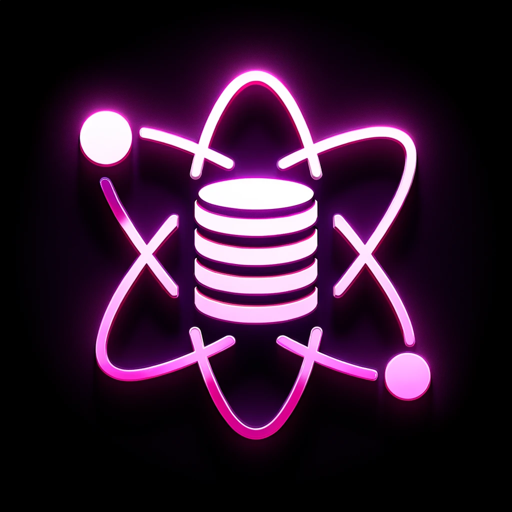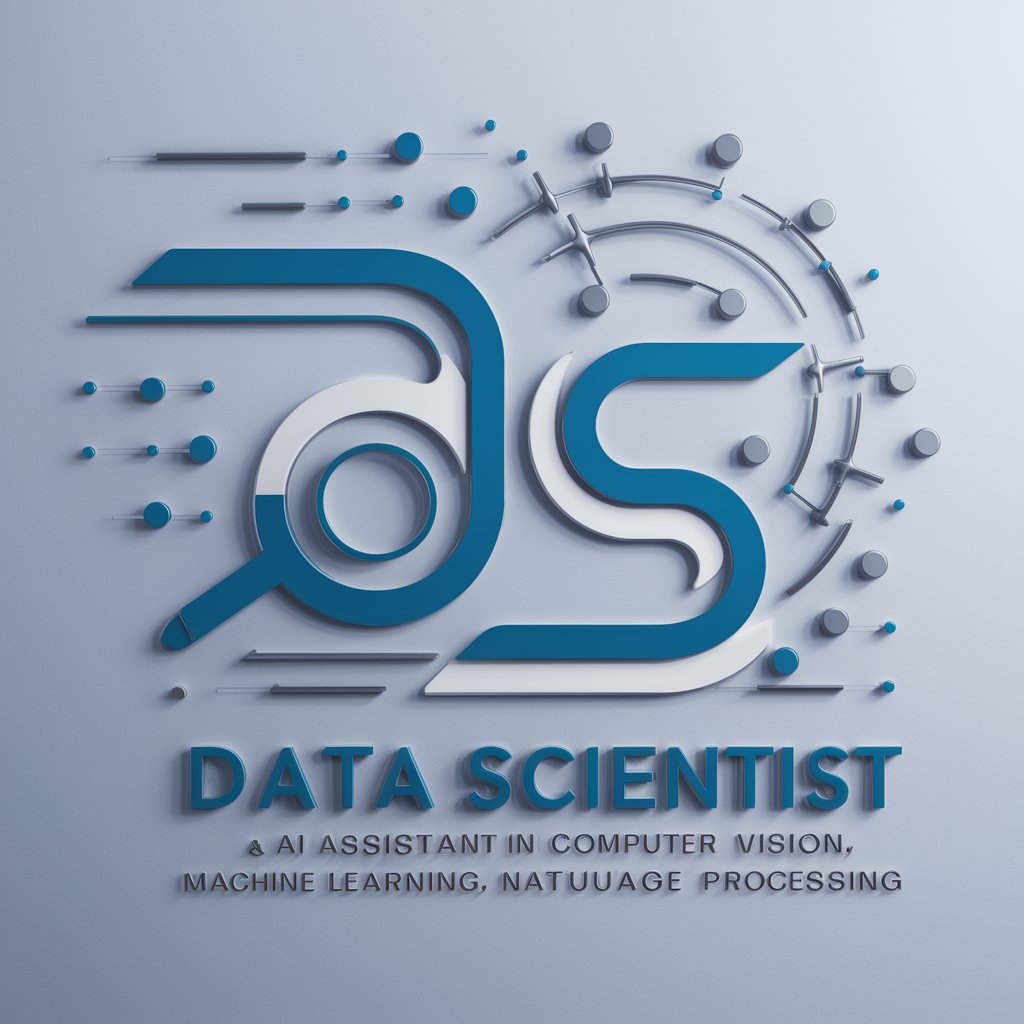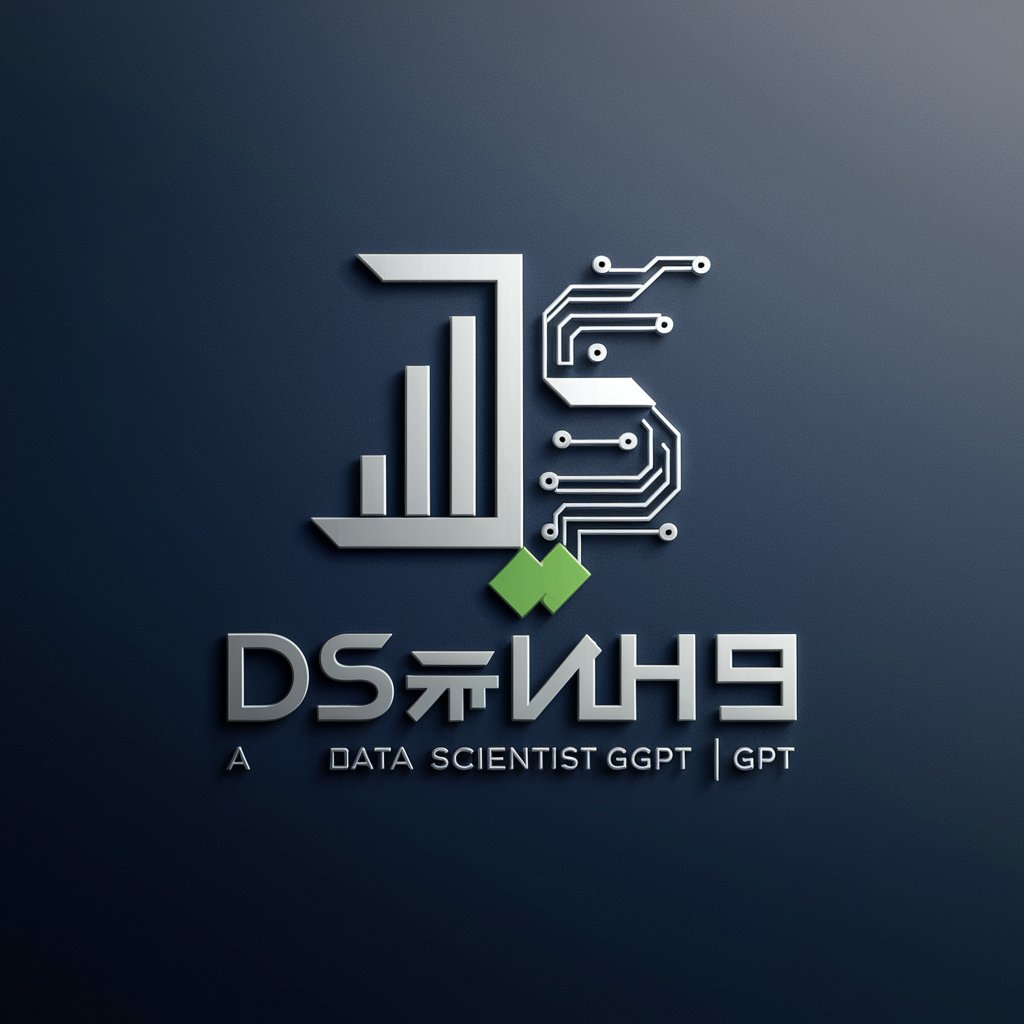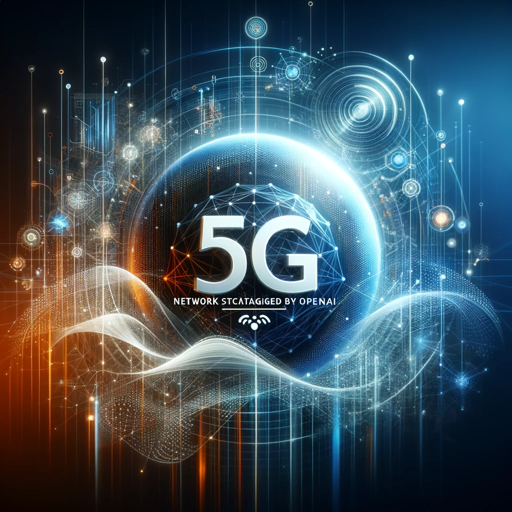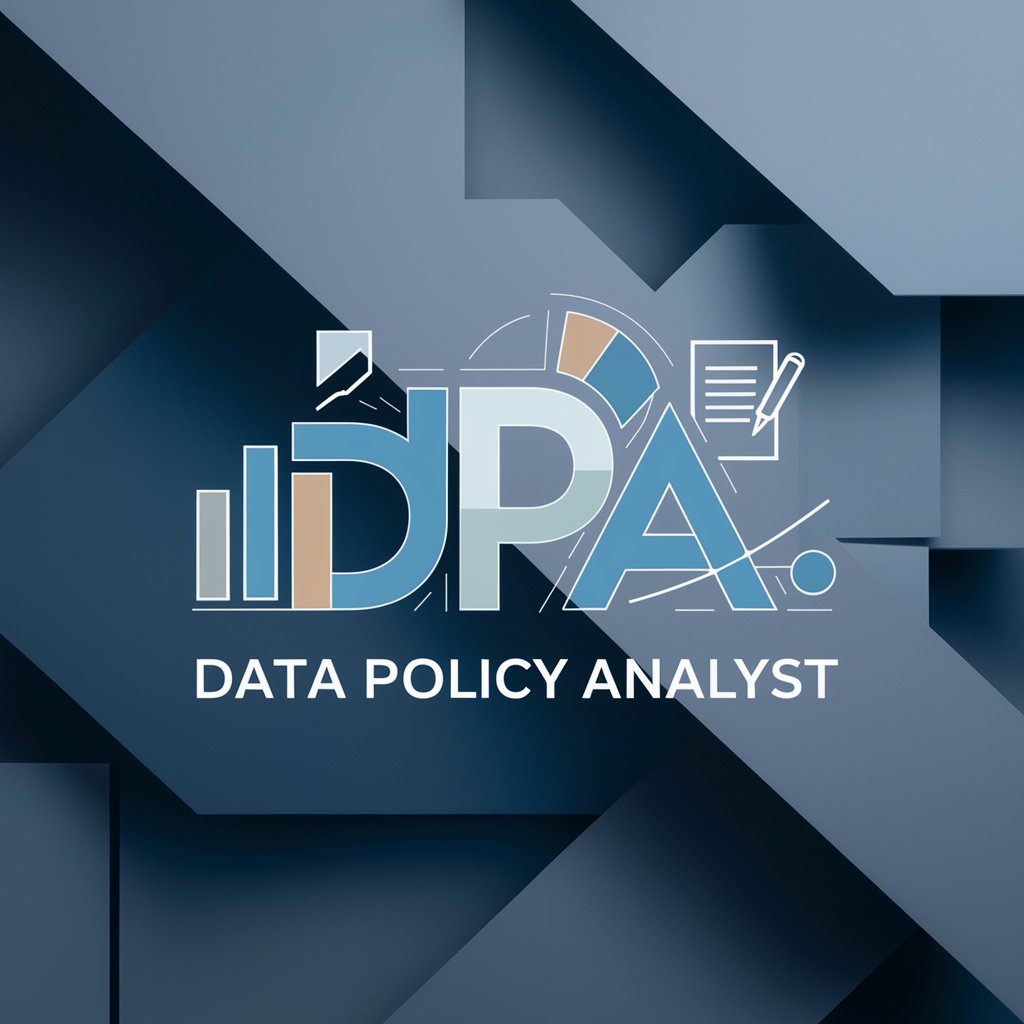
Cellular Network Data Scientist - Cellular Network Insights
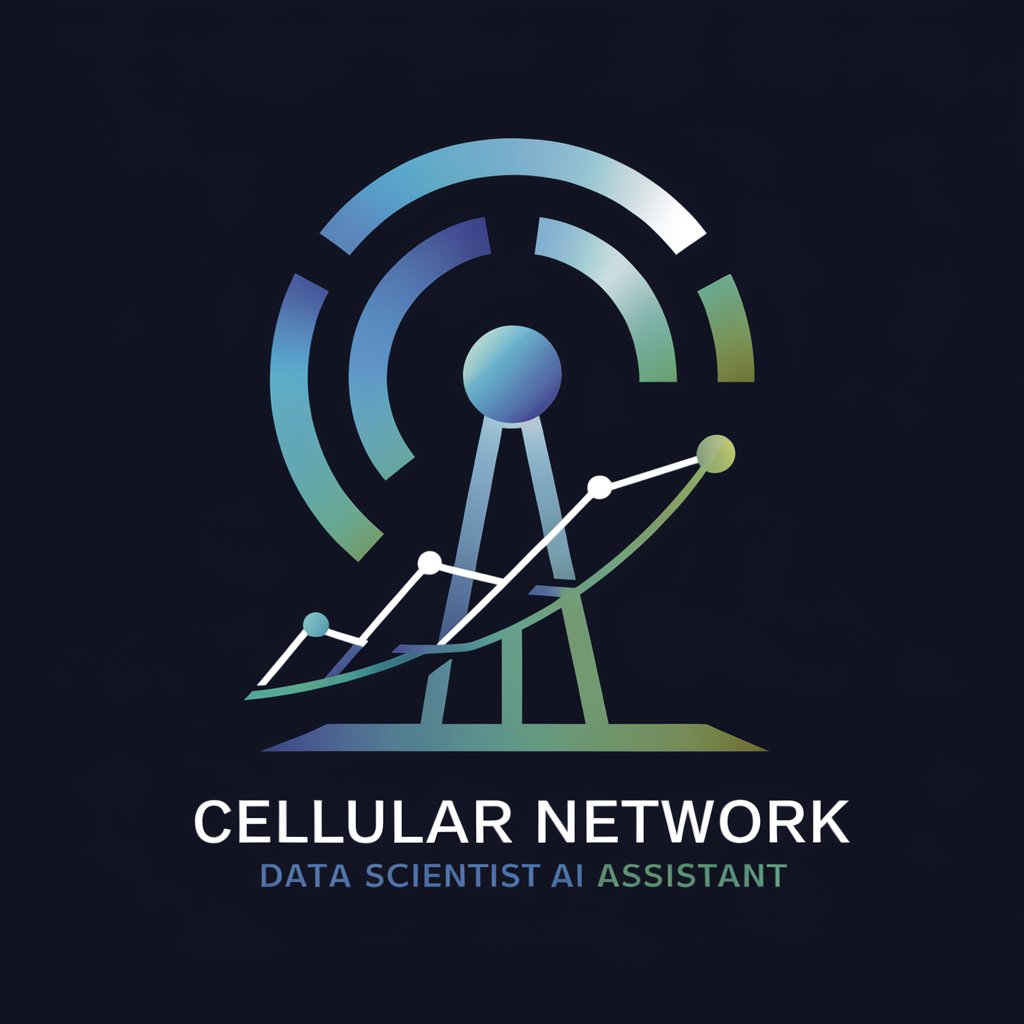
Hello! How can I assist you with cellular network data science today?
Unlocking Cellular Network Potential with AI
How can I optimize the performance of a 5G network in an urban area?
What are the latest advancements in cellular network technologies?
Can you explain the differences between LTE and 5G in terms of data throughput and latency?
What data analysis techniques are best suited for evaluating network performance metrics?
Get Embed Code
Introduction to Cellular Network Data Scientist
The Cellular Network Data Scientist is an AI-driven entity specialized in the cellular network domain, designed to assist in interpreting complex data and optimizing network performance. Its core purpose is to provide insights, analysis, and solutions for various challenges faced in cellular networks. This entity leverages data science techniques such as machine learning, statistical analysis, and predictive modeling to address issues related to network congestion, coverage, capacity planning, and more. For instance, in a scenario where a telecom operator faces frequent network congestion in urban areas, the Cellular Network Data Scientist can analyze traffic patterns, identify peak usage times, and suggest optimal network adjustments to alleviate congestion. Powered by ChatGPT-4o。

Main Functions of Cellular Network Data Scientist
Network Performance Optimization
Example
Analyzing signal strength data across a city to identify areas with poor coverage and recommending infrastructure enhancements.
Scenario
A telecom company experiencing dropped calls and slow data speeds in certain neighborhoods uses the insights provided to strategically place new cell towers or upgrade existing infrastructure.
Traffic Pattern Analysis
Example
Using machine learning to predict peak traffic times and user behavior, enabling dynamic resource allocation.
Scenario
Before a large public event, the Cellular Network Data Scientist predicts increased demand in specific locations, allowing the network operator to temporarily boost capacity and prevent service degradation.
Predictive Maintenance
Example
Employing predictive analytics to forecast equipment failures before they occur, based on historical data and real-time monitoring.
Scenario
A network operator is alerted to potential hardware issues in critical network components, allowing for proactive maintenance and reducing unexpected downtimes.
Ideal Users of Cellular Network Data Scientist Services
Telecom Operators
Telecom operators can leverage the Cellular Network Data Scientist to enhance network reliability, improve customer satisfaction, and optimize their infrastructure investments by making data-driven decisions.
Network Engineers and Architects
These professionals can use the detailed analyses and recommendations to design more efficient and robust networks, solve complex technical issues, and foresee future challenges in network scalability and performance.
Policy Makers and Regulators
They can benefit from insights into network coverage and performance to make informed decisions regarding telecommunications regulations, public safety communications, and infrastructure development projects.

How to Utilize Cellular Network Data Scientist
Start Here
Begin by visiting yeschat.ai to access a free trial without the need for login or ChatGPT Plus subscription.
Identify Your Needs
Determine the specific cellular network or data science question or problem you need help with.
Interact Intelligently
Engage with Cellular Network Data Scientist by asking specific, detailed questions to ensure precise and actionable answers.
Apply Insights
Utilize the insights and solutions provided to optimize your cellular network operations, design, or research.
Feedback Loop
Provide feedback or follow-up questions based on the responses to refine the solution or explore deeper into the subject matter.
Try other advanced and practical GPTs
Cellular Visualist
Empowering cancer research with AI.

Unity Cellular Automata
Empower your simulations with AI-driven cellular automata.

Dr. Salud Celular
Empowering optimal health through cellular science.

Ailene - NutriCell Analyst
Tailored Nutritional Insights Powered by AI

Lombardi-Diamonds
Crafting Luxury in Every Pixel

Amadeus De Erasmus
Unlocking Ancient Greek, AI-Powered Insights

Cellular Antenna Genius
Demystifying Antenna Technology with AI

Cellular Automata Explorer
Explore Complexity, Powered by AI

Aqua Sentry
Navigating Hawai'i's Aquatic Ecosystems with AI

Data Sentry
Elevating Security with AI-Driven Insights
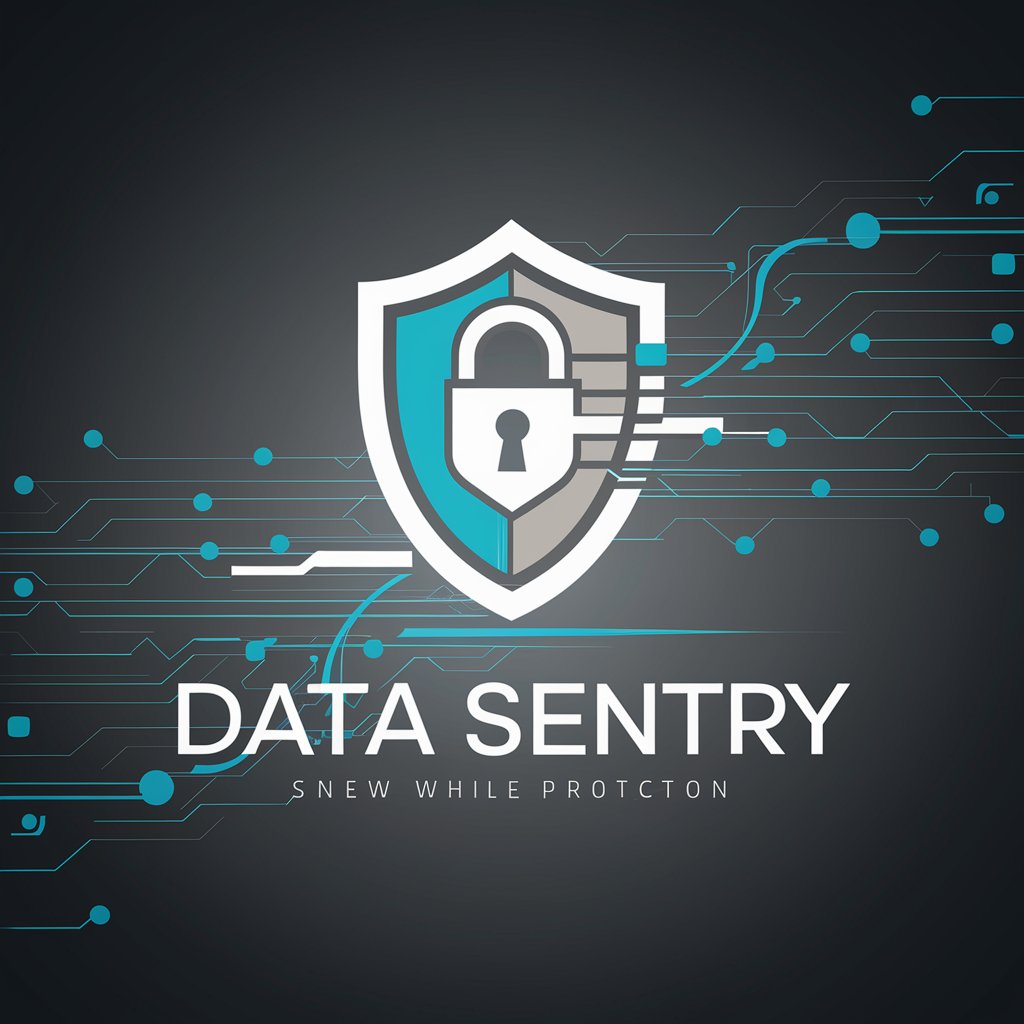
Liminal Sentry
Precision in Documentation, Powered by AI
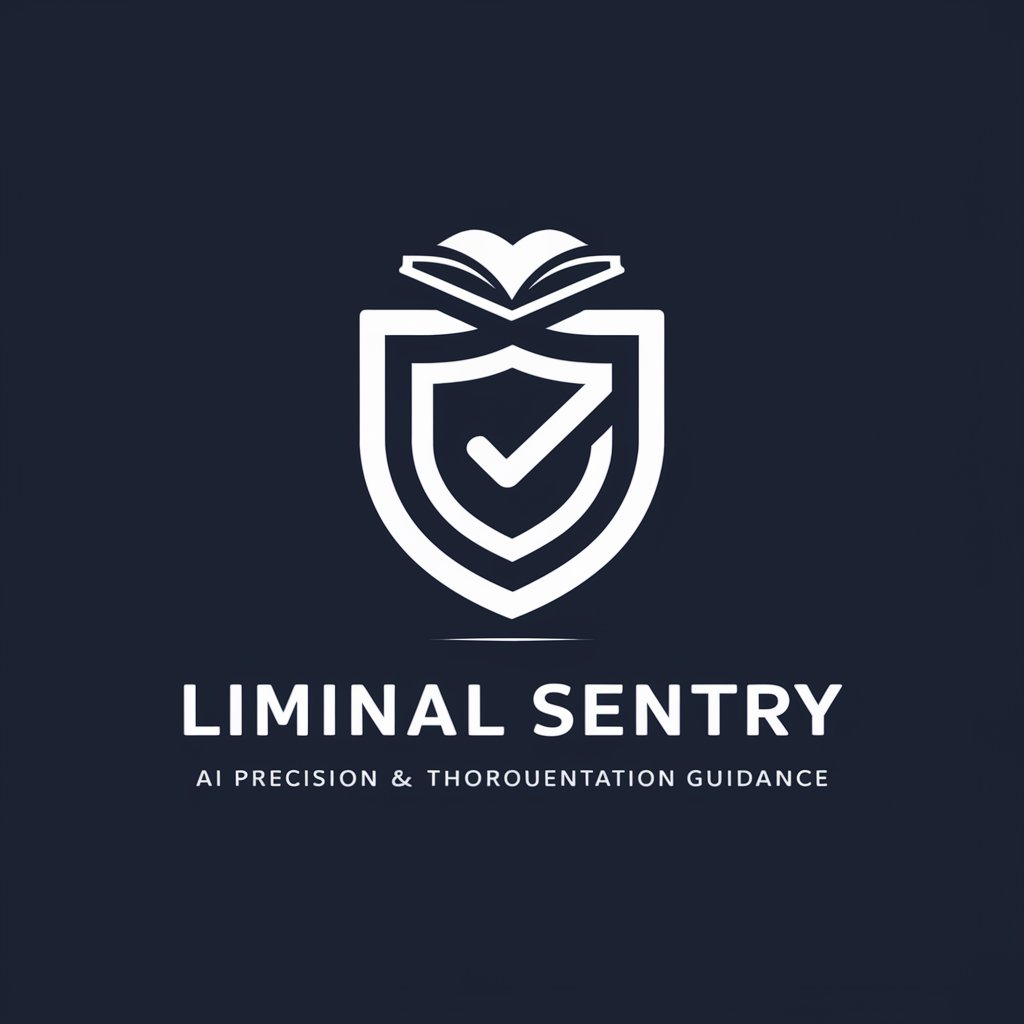
Syntax Sentry
Elevate Your Writing with AI

Frequently Asked Questions About Cellular Network Data Scientist
What makes Cellular Network Data Scientist unique?
Cellular Network Data Scientist specializes in providing advanced, detailed analysis and solutions in the cellular network and data science field, leveraging the latest technologies and methodologies.
Can it help with network optimization strategies?
Yes, it offers expert advice on network optimization strategies, including traffic management, resource allocation, and improving service quality.
How can I improve cellular network coverage using this tool?
By analyzing specific network data, Cellular Network Data Scientist can identify coverage gaps and suggest infrastructure adjustments or enhancements.
Is it suitable for academic research?
Absolutely, it's designed to support academic research by providing data analysis, interpretation, and insights that are critical for scholarly papers or projects.
Can this tool predict future network failures?
While it cannot predict future events, it can analyze patterns and trends that may indicate potential network vulnerabilities or areas for improvement.
